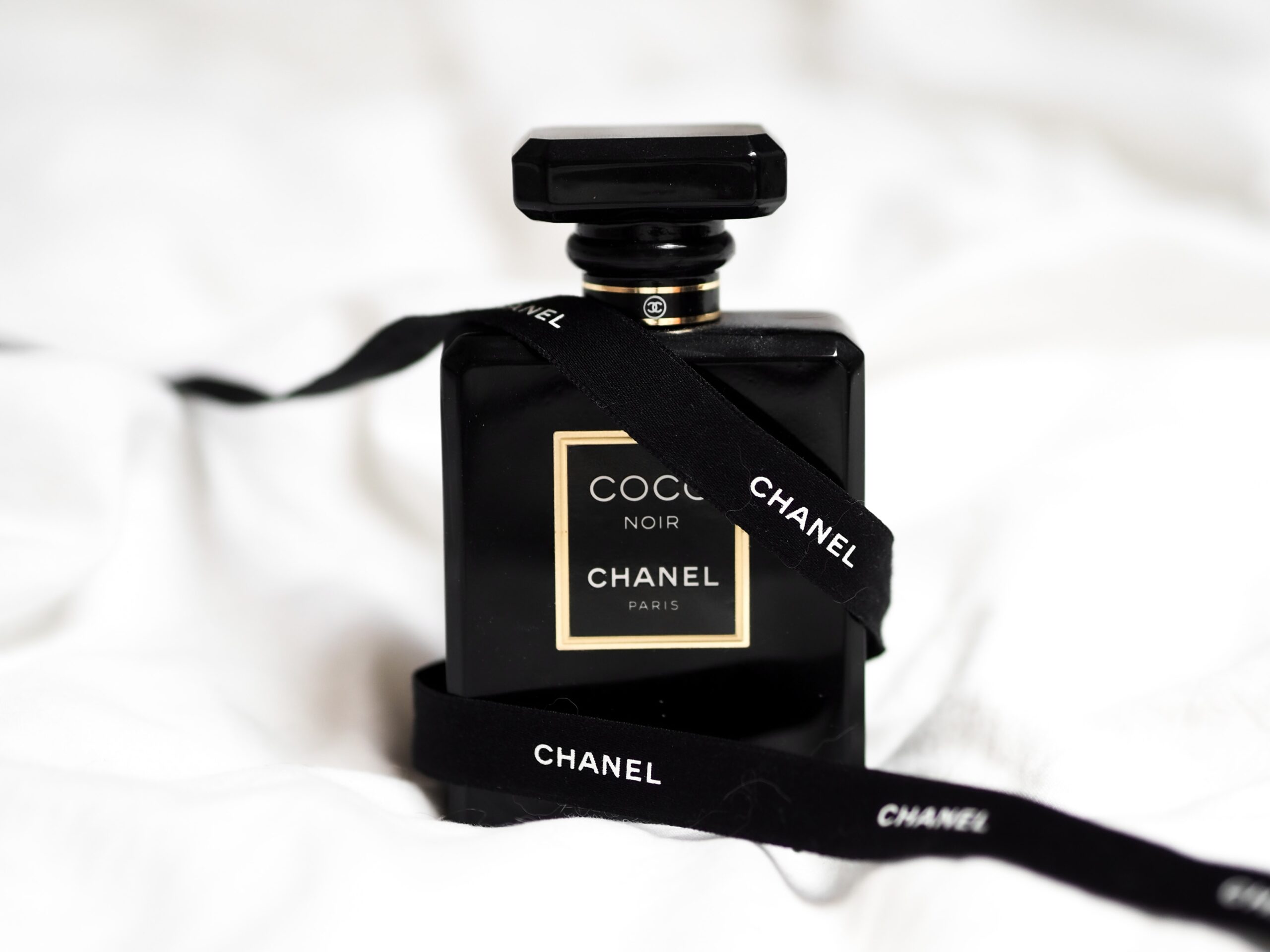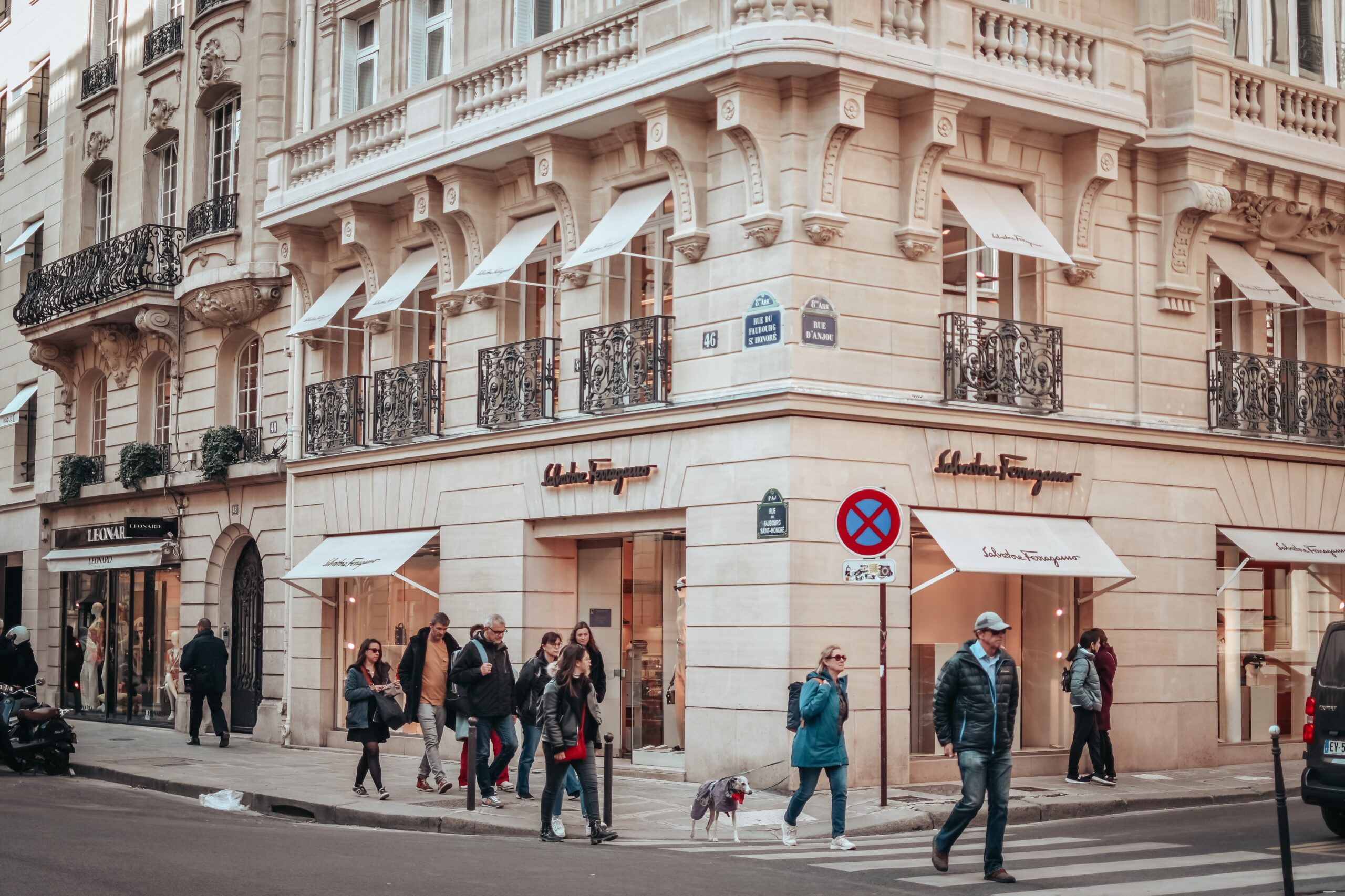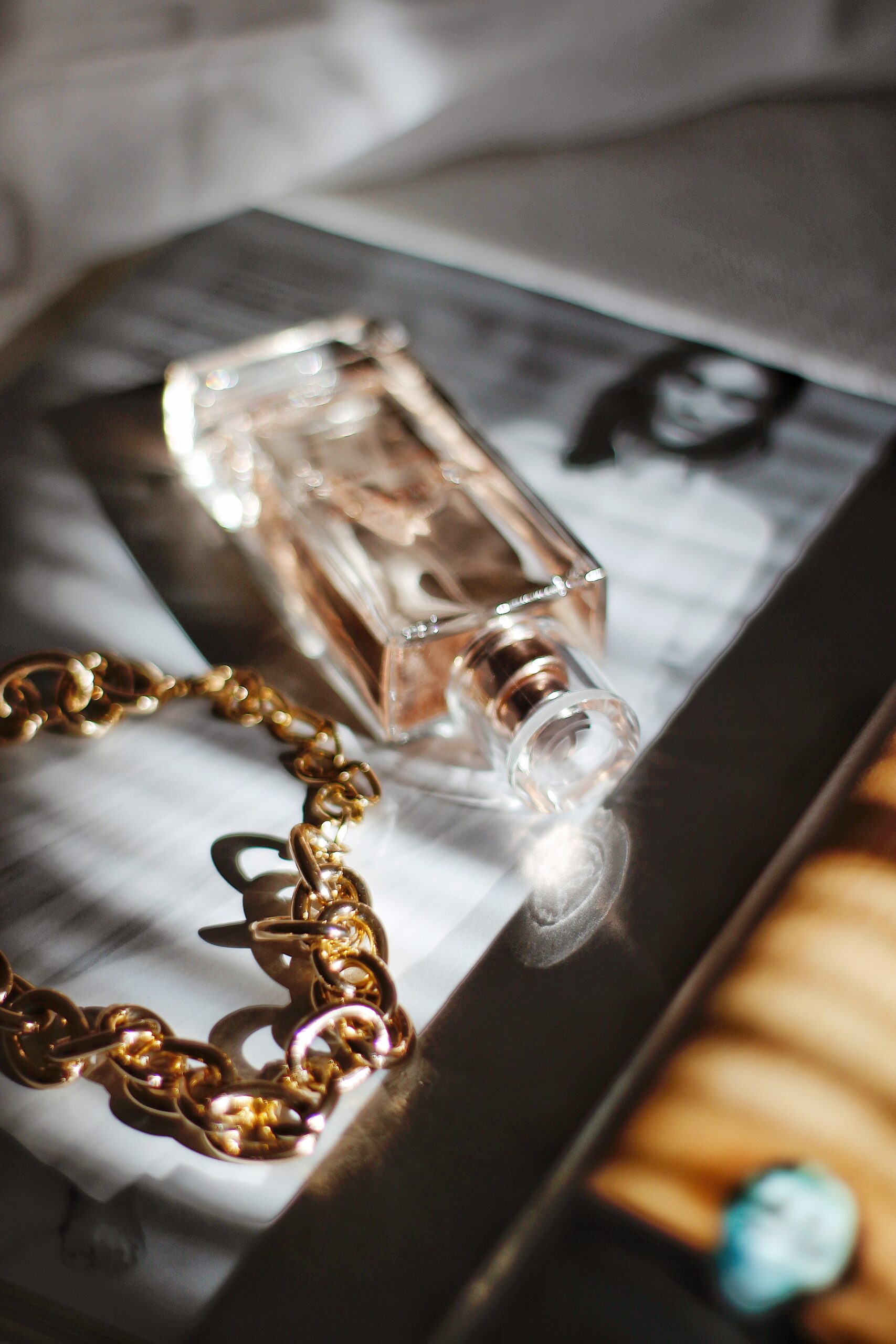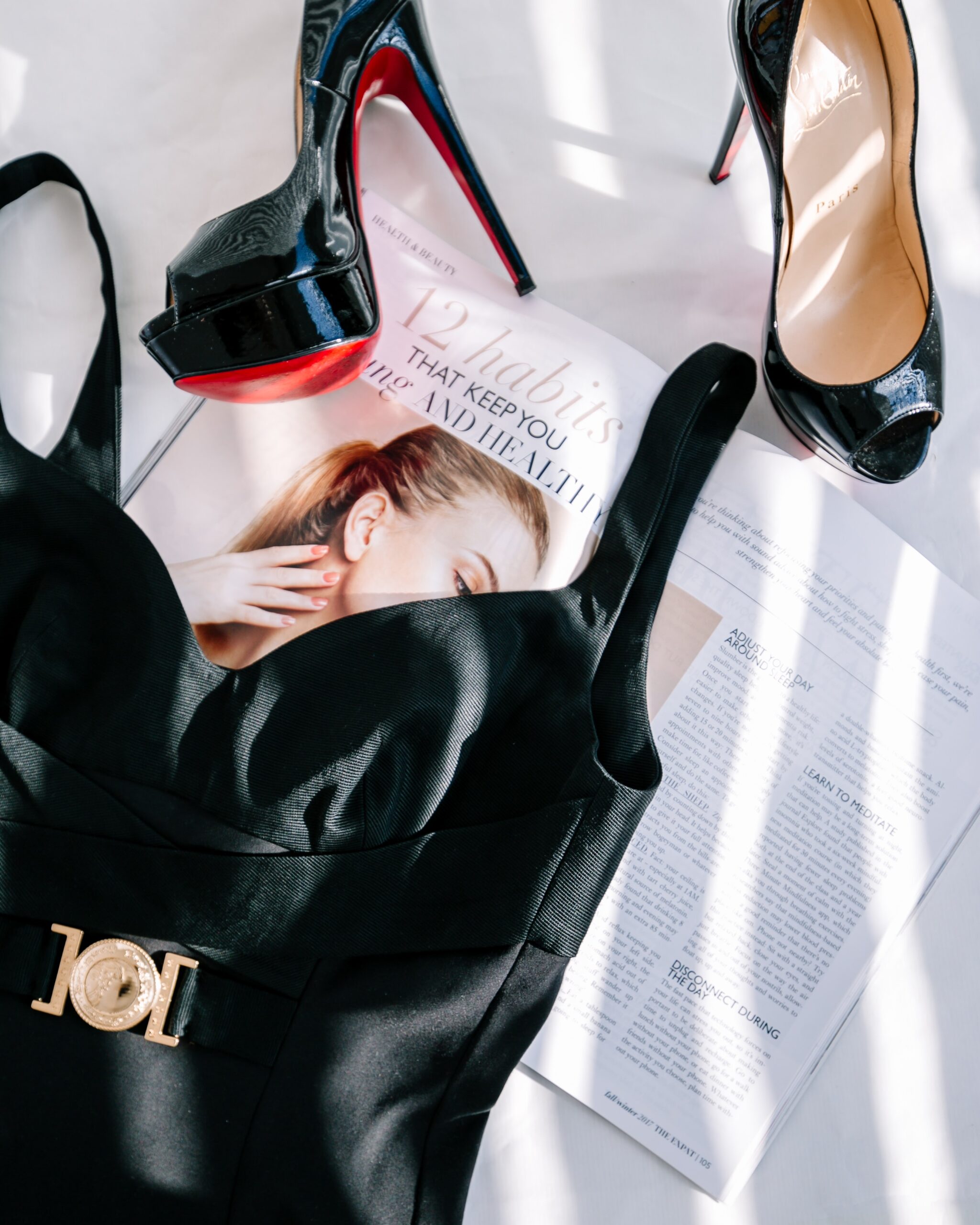If you are an inventor, designer, product developer or entrepreneur, the Wirkin vs Birkin, is an important topic affecting you regardless of whether you like luxury goods or not…
Walmart’s Birkin dupe, called the “Walmes Wirkin” was priced between $78 and $102; quite a jump from the authentic Birkin starting at $10,000 with a much higher resale value. In December of 2024 it almost broke the internet with viral posts on TikTok and instagram basically selling out of all its inventory and eventually being taken down. It is unclear as to how much inventory actually sold, but the guess would be in the tens and hundreds of thousands in units.
Walmart shamelessly listed the Wirkin and if Walmart has the power to copy one of the most popular Hermes designs, then launch, advertise and sell-out completely without being stopped? We’re in deep trouble; the entire consumer landscape as we know it.
While many budget shoppers feel the designer-made original comes at an unreasonably high cost, the Hermes Birkin is not made to be affordable or for a mass market of buyers. It is made to sell to a specific audience of customers, those that truly carry a love and understanding for its craftsmanship and heritage; those that simply desire the limited edition iconic piece.
“The Walmart Birkin bag is called a Wirkin and it’s for the Wirkin class,” a TikTok user wrote.
“Why pay thousands of dollars for a handbag, when you can have the same style, colors, and quality for less,” Madam Noire said.
“It’s a good size…for 80 bucks, you can pretend that you got a Birkin!” – one customer stated.
As a consultant and analyst innovating fashion brands, it infuriated me to see such disrespect for the original item and designer. After seeing the range of comments on posts where consumers showed blatant disdain and disapproval, it was clear that what we were dealing with was an ethical dilemma….
Earlier last year, a few disgruntled Hermes shoppers filed a lawsuit against the brand claiming that in order to buy one of their handbag styles, they were required to purchase other items in their collection of goods, adding to the already high-price of these bags altogether.
One thing we must all remember is that a consumer’s disconnect on a brand’s business practices should not limit the businesses practices. Hermes, the company at hand, with over one-hundred years in the making, made its footprint through the same strategy that most luxury brands deploy. It is not luxury that has changed over the years, it is the mainstream & mass production that has increased. Here is why…
BEFORE
Prior to mass production, small ateliers existed producing a limited number of styles in desirable colors and these batches sold without endlessly hunting for interested buyers. They sold to buyers who placed pre-orders and had already been loyal customers to the designer or atelier. Back then, prices were high and quantities were low as a byproduct. As demand grew for products of all kinds, innovation in machinery helped develop supply chains to produce at volume in a short period of time, thereby lowering the cost per item. Today, mass production has changed the way we shop and perceive goods and services. In an effort to simplify and make things available for all, we have also devalued the items that we once used to deeply care for. At a click of a button, you can have your most needed and wanted items delivered to your doorstep. If it doesn’t fit, order another size. If the texture is unpleasant, cancel and receive a refund. These same expectations are being pushed into luxury goods, with the demand growing rapidly…
Today, luxury fashion houses still seek and celebrate the consumer who deeply loves and cares for heritage, craftsmanship and tradition emphasized through their items. Although some products are mass made to satisfy the demand in specialty stores and boutiques, there is still no such thing as 100,000+ Birkins stored at one time, anywhere in the world. It simply does not exist.
This begs the question, where do we draw the line on the ethics of stealing ideas and designs?
Since the “Walmes Wirkin” is more of an imitation, how far is “too far”?
Should marketplaces and other retail establishments be allowed to promote and sell imitation goods? How can it be prevented? And, why now? Imitation goods were never as celebrated as they are now.
It puts designers (especially newer ones) in an unfair advantage while being encouraged to develop ultra innovative or advanced products with new materials, etc….yet being unprotected and open to theft and copycat designs.
Let’s face it: a brand as big as Hermes may not be directly affected by these dupes. In fact, some consumers have found themselves purchasing a resale item after that of a dupe. But what happens to the smaller brands bringing innovative ideas and functionalities to life everyday? If we are a culture that promotes advancements across several fashion, consumer and luxury goods products, we should consider the ramifications this can cause a smaller brand.
Designers and innovators, this should not stop you from developing next level products. Differentiate, stand out, and wear your crown proudly. But don’t be afraid to question the norm. With a market that’s changing rapidly, fuel yourself with knowledge that helps you stand out and also protects your assets you worked so hard to develop. Position yourself for success at the start. Educate your customers on your products unique vision, features and inner makings that make it so special. A push towards differentiation and innovation begins from educating a society on luxury goods and shopping psychology more than anything…
Unhealthy obsessions like the need for status symbols and fitting in are far from what luxury brands are really for.
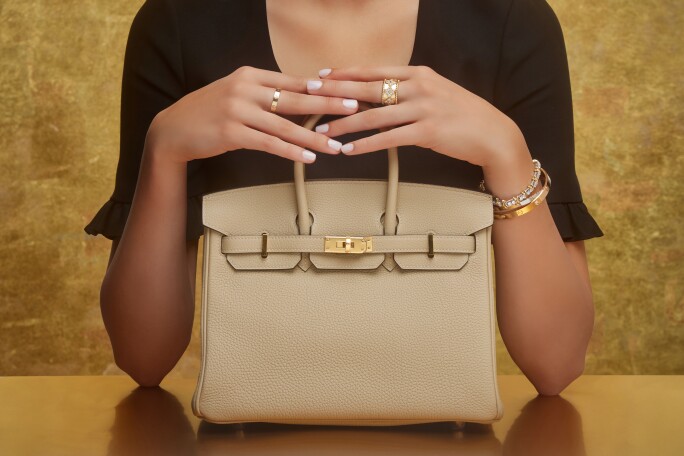
Almost there!
Be the first to know
about all the exciting news at Magnatist!
Thank you for leaving your email. We'll keep you updated!
